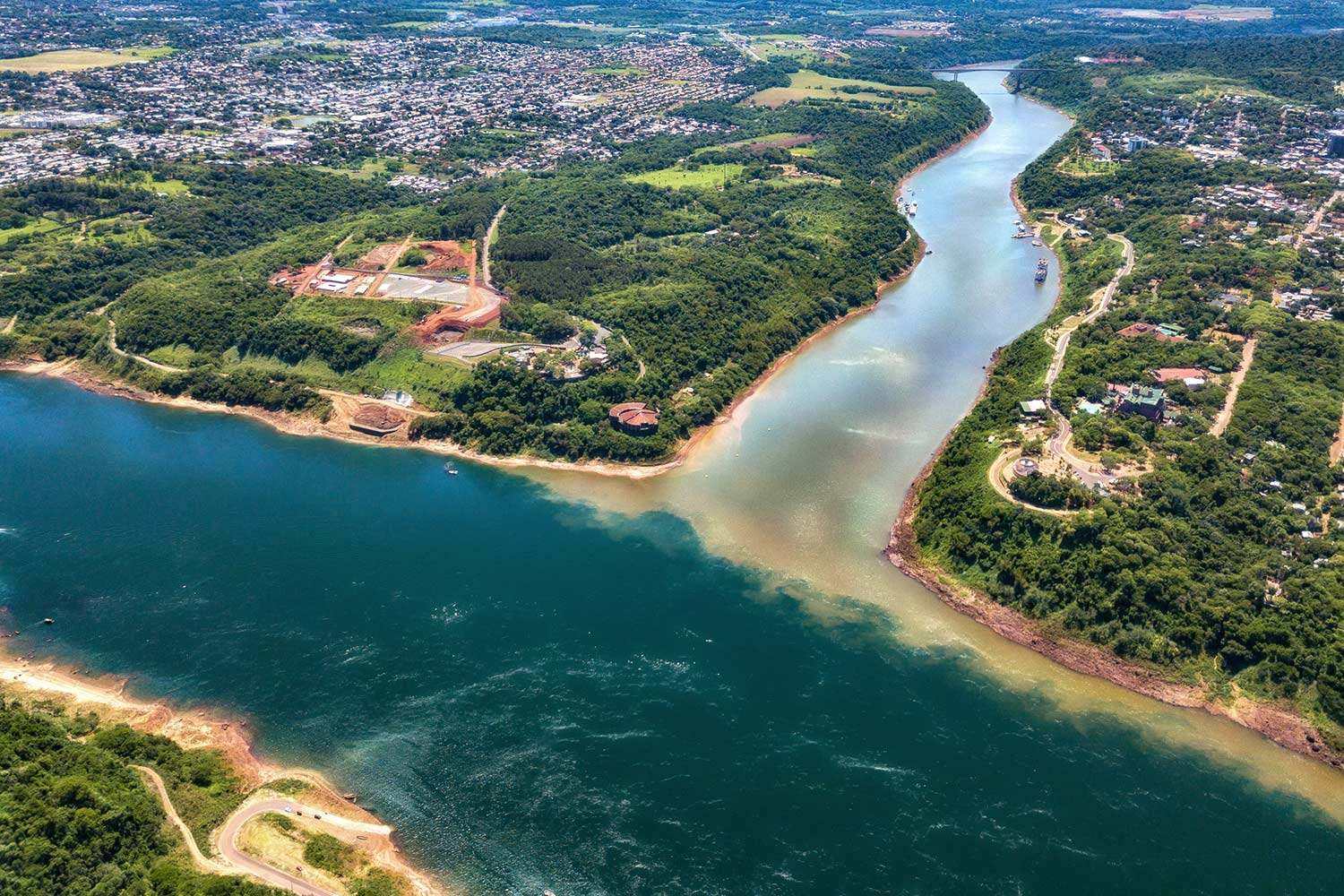
Transboundary water issues are a significant concern for many countries sharing rivers, lakes, and aquifers. These shared water resources often lead to disputes over usage, pollution, and management. Did you know that over 260 river basins cross international borders? This means cooperation is crucial to ensure fair distribution and sustainable use. Conflicts can arise when upstream countries control water flow, affecting downstream nations. Climate change exacerbates these tensions by altering water availability. International agreements like the Helsinki Rules and the UN Watercourses Convention aim to mediate these disputes. Understanding these issues is vital for fostering peace and cooperation among nations.
What Are Transboundary Water Issues?
Transboundary water issues arise when water bodies, such as rivers, lakes, or aquifers, cross or form boundaries between two or more countries. These shared resources can lead to conflicts or cooperation, depending on how they are managed.
- Over 260 river basins worldwide are shared by two or more countries.
- The Nile River flows through 11 countries, making it one of the most complex transboundary water systems.
- The Danube River Basin is shared by 19 countries, the most of any river basin in the world.
- The Mekong River runs through six countries in Southeast Asia, supporting millions of people.
- The Amazon River Basin, shared by eight countries, is the largest drainage basin in the world.
Why Are Transboundary Water Issues Important?
Shared water resources are crucial for drinking, agriculture, industry, and energy production. Mismanagement can lead to conflicts, while cooperation can foster peace and development.
- Water scarcity affects over 40% of the global population.
- Agriculture accounts for 70% of global freshwater use.
- Hydropower generates about 16% of the world's electricity.
- The Aral Sea, once the fourth-largest lake in the world, has shrunk by 90% due to water diversion.
- The Jordan River is a critical water source for Israel, Jordan, and Palestine, often leading to tensions.
Historical Conflicts Over Transboundary Waters
History shows numerous conflicts over shared water resources, often exacerbated by political, economic, and environmental factors.
- The Indus Waters Treaty of 1960 between India and Pakistan helped prevent major conflicts over water.
- The 1994 Israel-Jordan Peace Treaty included provisions for water sharing.
- The Nile Basin Initiative, started in 1999, aims to promote cooperation among Nile Basin countries.
- The 1978 Camp David Accords included discussions on water rights between Egypt and Israel.
- The 2010 agreement between Tajikistan and Kyrgyzstan resolved disputes over the Syr Darya River.
Successful Cooperation Examples
Despite conflicts, many regions have successfully managed their shared water resources through treaties and cooperative frameworks.
- The International Commission for the Protection of the Rhine has helped improve water quality in the Rhine River.
- The Mekong River Commission promotes sustainable development among Mekong Basin countries.
- The Great Lakes Water Quality Agreement between the U.S. and Canada has improved water quality in the Great Lakes.
- The Senegal River Basin Development Organization fosters cooperation among Senegal, Mauritania, Mali, and Guinea.
- The Orange-Senqu River Commission promotes sustainable water management among South Africa, Botswana, Lesotho, and Namibia.
Environmental and Social Impacts
Transboundary water issues can have significant environmental and social impacts, affecting ecosystems and communities.
- Dams and water diversion projects can disrupt ecosystems and displace communities.
- Pollution from one country can affect water quality in downstream countries.
- Climate change exacerbates water scarcity and variability in transboundary basins.
- Over-extraction of groundwater can lead to land subsidence and reduced water availability.
- Wetlands, which provide critical ecosystem services, are often threatened by transboundary water issues.
Legal and Institutional Frameworks
Effective management of transboundary waters requires robust legal and institutional frameworks to ensure equitable and sustainable use.
- The United Nations Watercourses Convention provides guidelines for the use and protection of international watercourses.
- The Helsinki Rules on the Uses of the Waters of International Rivers set principles for equitable water sharing.
- The Berlin Rules on Water Resources outline modern principles for managing shared water resources.
- The European Union Water Framework Directive promotes integrated water management across EU member states.
- The African Ministers' Council on Water fosters cooperation on water issues across Africa.
Future Challenges and Opportunities
As populations grow and climate change impacts intensify, managing transboundary water resources will become even more critical.
- By 2050, global water demand is expected to increase by 55%.
- Climate change is projected to alter precipitation patterns, affecting water availability in many regions.
- Advances in technology, such as remote sensing and data sharing, can improve transboundary water management.
- Strengthening international cooperation and governance can help address future transboundary water challenges.
The Final Splash
Transboundary water issues are a big deal. They affect millions, if not billions, of people worldwide. From sharing rivers to managing pollution, cooperation is key. Countries must work together to ensure everyone has access to clean water. It’s not just about survival; it’s about thriving. Water is life, and fair distribution can prevent conflicts and promote peace. Understanding these issues helps us appreciate the importance of international agreements and local efforts. By staying informed, we can support policies that protect our precious water resources. So next time you turn on the tap, remember the complex web of agreements and efforts making that possible. Let’s keep the conversation flowing and work towards a future where water is a source of unity, not division.
Was this page helpful?
Our commitment to delivering trustworthy and engaging content is at the heart of what we do. Each fact on our site is contributed by real users like you, bringing a wealth of diverse insights and information. To ensure the highest standards of accuracy and reliability, our dedicated editors meticulously review each submission. This process guarantees that the facts we share are not only fascinating but also credible. Trust in our commitment to quality and authenticity as you explore and learn with us.
